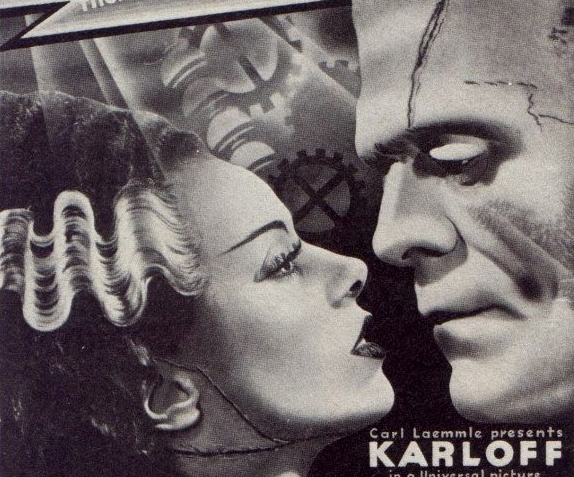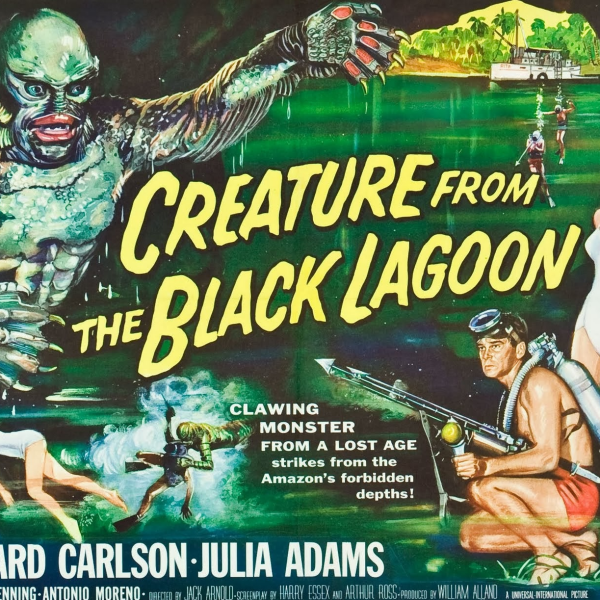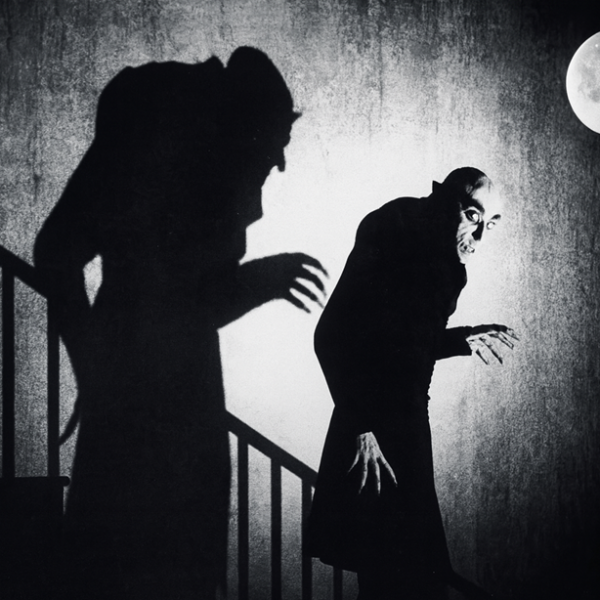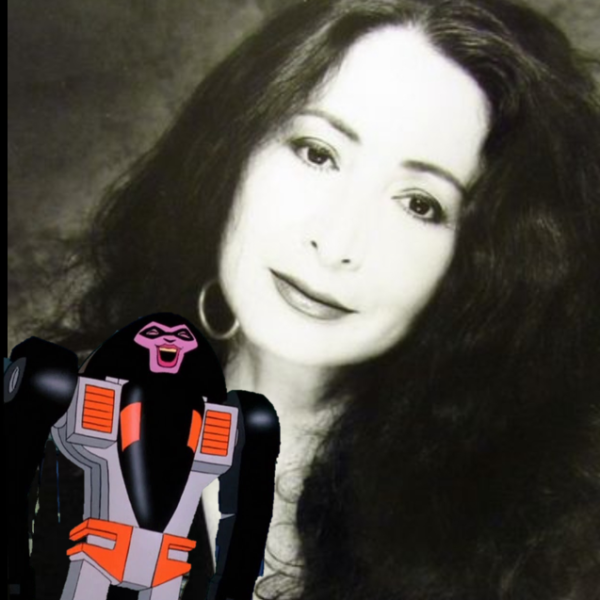October Monster Mash: “She’s Alive!” – The Bride of Frankenstein (1935)

The Monster Reborn
Released in 1935, The Bride of Frankenstein is the crown jewel of Universal’s golden age of horror. Directed by James Whale, who also helmed the 1931 Frankenstein, the film transcends its genre to become one of the most artful, emotional, and daring works of early Hollywood.
Where the original film dealt with man’s defiance of nature, this sequel delves deeper — exploring the consequences of creation, the yearning for companionship, and the tragedy of existence.
The Bride of Frankenstein isn’t just about monsters — it’s about what makes us human.
The Story: The Heart Demands a Mate
The film opens immediately after the fiery climax of the first Frankenstein. Villagers celebrate the monster’s apparent death — but he lives, rising from the ruins to wander the countryside, seeking understanding in a world that fears him.
Meanwhile, Dr. Henry Frankenstein (Colin Clive) vows to abandon his blasphemous experiments and live peacefully with his fiancée, Elizabeth. But his old mentor, the eccentric and sinister Dr. Pretorius (played with gleeful menace by Ernest Thesiger), has other plans.
Pretorius tempts Henry back into the laboratory, proposing a new experiment: not just to create life, but to create a mate for the Monster. “The bride of Frankenstein,” he declares, with a mad twinkle in his eye, “should be a companion fit for him — and for me!”
What follows is one of cinema’s most unforgettable creations — the electrifying birth of the Bride, played by Elsa Lanchester, with her iconic shock of lightning-white hair and hissing, birdlike movements.
But in the film’s cruelest twist, the Bride, upon beholding the Monster, screams in terror. Rejected once again, he whispers in anguish, “She hate me. Like others.”
And with that, he condemns them all — himself, Pretorius, and his doomed Bride — saying, “We belong dead.”
The laboratory explodes, and with it, one of film history’s most tragic love stories ends in fire and silence.
The Monster Speaks
Boris Karloff’s performance in this film is nothing short of extraordinary. Given dialogue for the first time, the Monster evolves from a mere creature of instinct to a soulful, lonely being who longs for love and belonging.
His friendship with the blind hermit — a gentle interlude of peace and music — remains one of cinema’s most touching scenes. In those brief moments, the Monster experiences humanity, only for it to be ripped away by fear and ignorance.
Karloff gives the Monster depth, dignity, and sadness — transforming him from horror icon to tragic hero.
Whale’s Vision: Gothic, Grotesque, and Grand
James Whale, an artist as much as a director, brought a bold sense of style and irony to The Bride of Frankenstein. His use of expressionist lighting, elaborate sets, and dark humor gave the film a dreamlike, almost surreal quality.
From the miniature “homunculi” in Pretorius’s lab to the Bride’s electrifying awakening, every frame drips with visual poetry. The score by Franz Waxman — lush, eerie, and romantic — perfectly complements Whale’s gothic vision.
What makes the film so remarkable is its tone: it’s both frightening and funny, grim and glamorous. Whale’s wit and empathy shine through, turning horror into art.
Elsa Lanchester: The Bride Who Lived Forever
Though she appears on screen for only a few minutes, Elsa Lanchester became immortal. Her dual performance — as both Mary Shelley in the prologue and the Bride in the finale — embodies the film’s central theme of creation and authorship.
Her jerky, animalistic movements and startled expressions convey a creature both beautiful and terrifying — a newborn soul confronted with life itself.
Conclusion
As part of our October Monster Mash, The Bride of Frankenstein stands as a towering achievement — a film that combined horror, humor, and heartbreak in ways no other movie has matched.
It’s not just a sequel; it’s a masterpiece of compassion, a story about loneliness, the longing to belong, and the cruelty of rejection.
Eighty years later, the Bride still stands as one of cinema’s most haunting icons — elegant, tragic, and unforgettable.
“She’s alive! Alive!”
And in the hearts of monster fans everywhere — she always will be.



